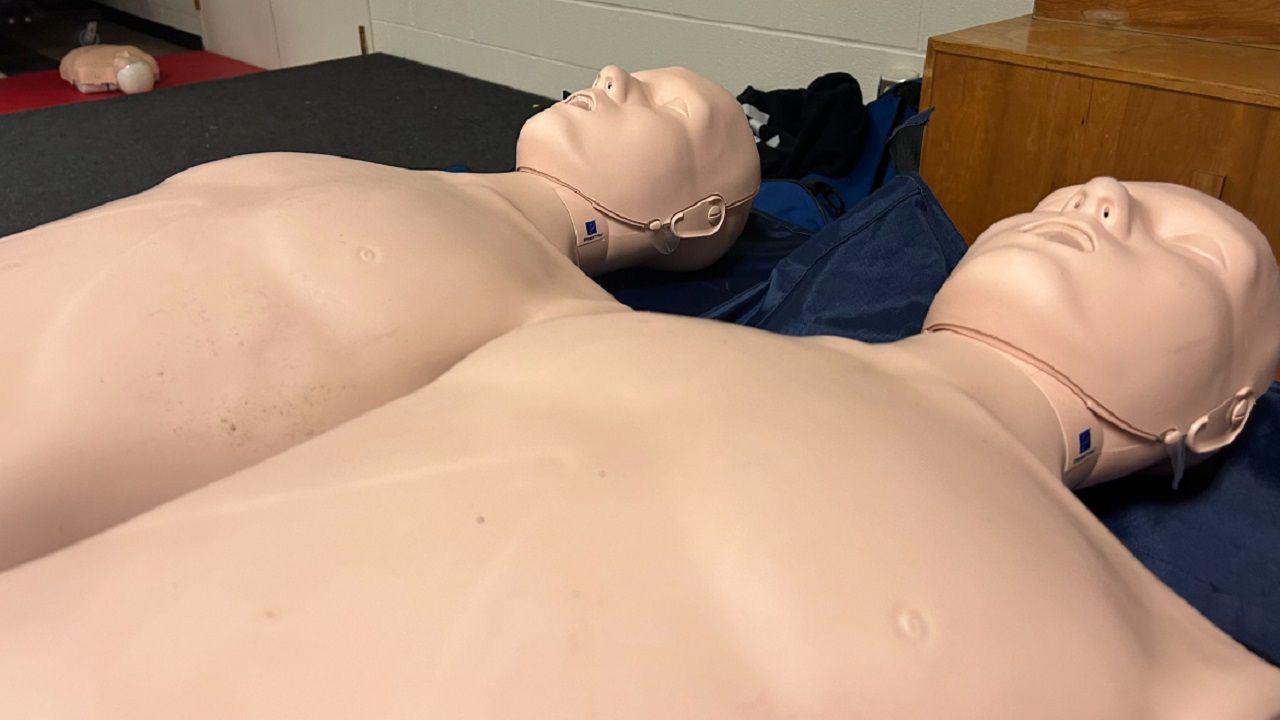New information coming out of the New York State Comptroller’s Office highlights the continued problem of maternal death.
Comptroller Tom DiNapoli is calling for change in a New York Daily News op-ed he participated in with Brooklyn Borough President Antonio Reynoso. In fact, he calls out New York state saying it is severely lacking in its tracking system for collecting data connected to maternal health.
The comptroller says that the maternal death rate in this country is greater than in every other high-income country. He states it’s more than two-and-a-half times that of France and Canada and three-and-a-half times that of the United Kingdom.
The comptroller also reports New York had a 33% increase in maternal deaths from 2018 to 2021 and during that time period for every 100,000 live births in New York state, there were 18.5 maternal deaths.
It’s what we don’t know, according to the report, that’s the problem. That includes, how many women experienced a heart attack or sepsis during pregnancy; how many women needed resuscitation, massive transfusions or ventilators to survive labor; how many women were admitted to the ICU after giving birth; or experienced serious mental health conditions that led to death over the past 10 years.
“It's always important to know where you're starting to see if any of the things you're doing are making a difference," said the director of the University of Rochester Medical Center’s Maternal Fetal Medicine Program Dr. Loralei Thornburg. "So, having more data on why people get sick, even people who survive, and what the roots of those illnesses were, is critical to being able to say, 'What are the things we need to change.' Without data, we can't know if any intervention that we do is moving the needle, so to speak."
She says keeping track of the necessary data in this country is extremely difficult.
Thornburg says the proper infrastructure is needed, along with a linkage of health care entities and agencies working together, along with the funding to support it.
"The comptroller is exactly right on this. Death is the tip of the iceberg. We need to be addressing the people who survive but don't thrive in pregnancy. And so, to do that, we have to know where those people are [and] what is happening to them so that we can focus our efforts. And while death is something we absolutely want to avoid, we also want families to do well and to do that, we have to target our interventions.”
URMED is taking some steps to make a difference along with the New York Health Foundation. That organization says it’s putting the focus on maternal morbidity and maternal health care at the primary care level.












